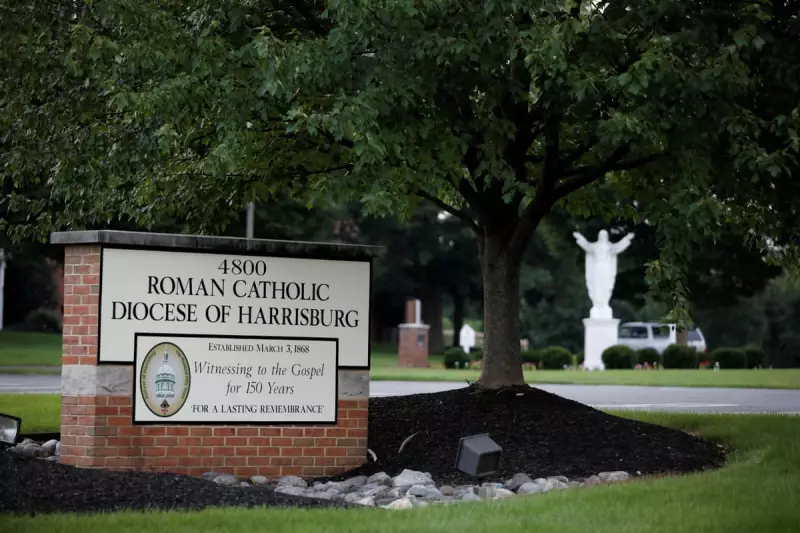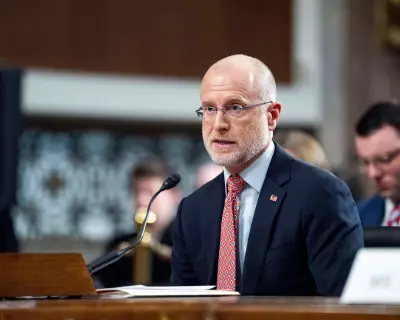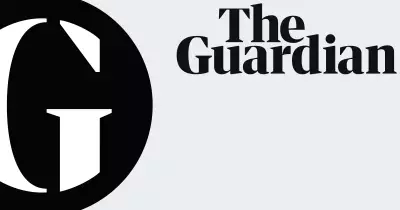
A Pennsylvania-based artist has issued a heartfelt public apology following intense backlash over his installation of a reconstructed arch from a Nazi concentration camp, a project that has drawn widespread condemnation from Jewish communities and Holocaust remembrance organisations.
Controversial Art Piece Sparks Outrage
The artist, whose identity has been widely circulated in media reports, constructed a replica of the main gate arch from the Dachau concentration camp on his private property. The installation, intended as part of what he described as an "artistic exploration," featured the infamous "Arbeit Macht Frei" (Work Sets You Free) slogan that adorned the entrance to several Nazi death camps.
Jewish community leaders and Holocaust educational groups expressed profound distress upon learning of the installation, describing it as deeply offensive and historically insensitive. The controversy quickly gained traction on social media platforms, with many accusing the artist of trivialising one of history's darkest chapters.
Emotional Public Apology
In an emotional statement released through his representatives, the artist expressed deep regret for the pain caused by his work. "I profoundly apologise for the hurt and offence my installation has caused, particularly to Holocaust survivors, their families, and the wider Jewish community," he stated.
The artist acknowledged that his attempt to create a "powerful historical statement" had instead caused unintended distress and pain. He has since committed to working with Holocaust education organisations to better understand the sensitivity surrounding such historical symbols.
Community Response and Reconciliation
Local community leaders have welcomed the apology while emphasising the need for greater sensitivity in artistic representations of traumatic historical events. Jewish advocacy groups have stressed the importance of consulting with affected communities when addressing such deeply painful subject matter.
The incident has sparked broader conversations about artistic freedom, historical sensitivity, and the responsibilities of artists when engaging with traumatic historical events. Many are calling for improved dialogue between artistic communities and cultural groups to prevent similar controversies in future.
The artist has confirmed that the controversial installation has been permanently removed from public view.





